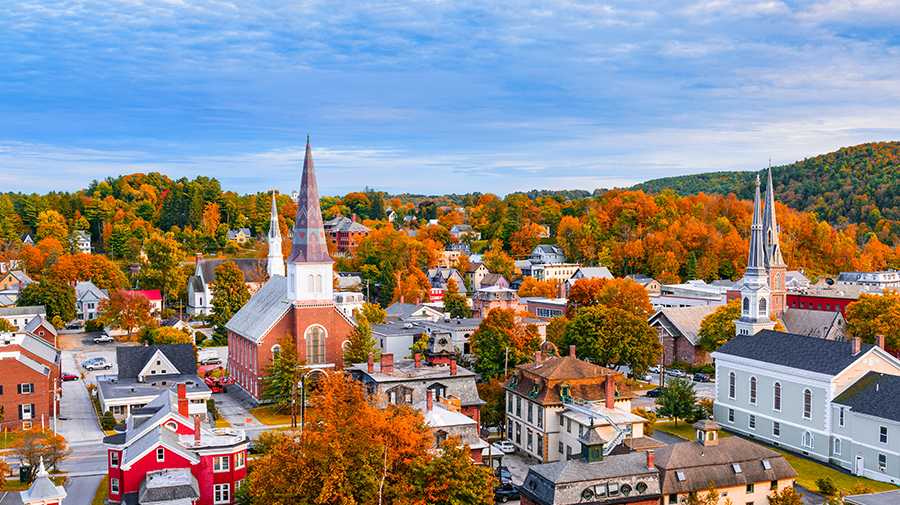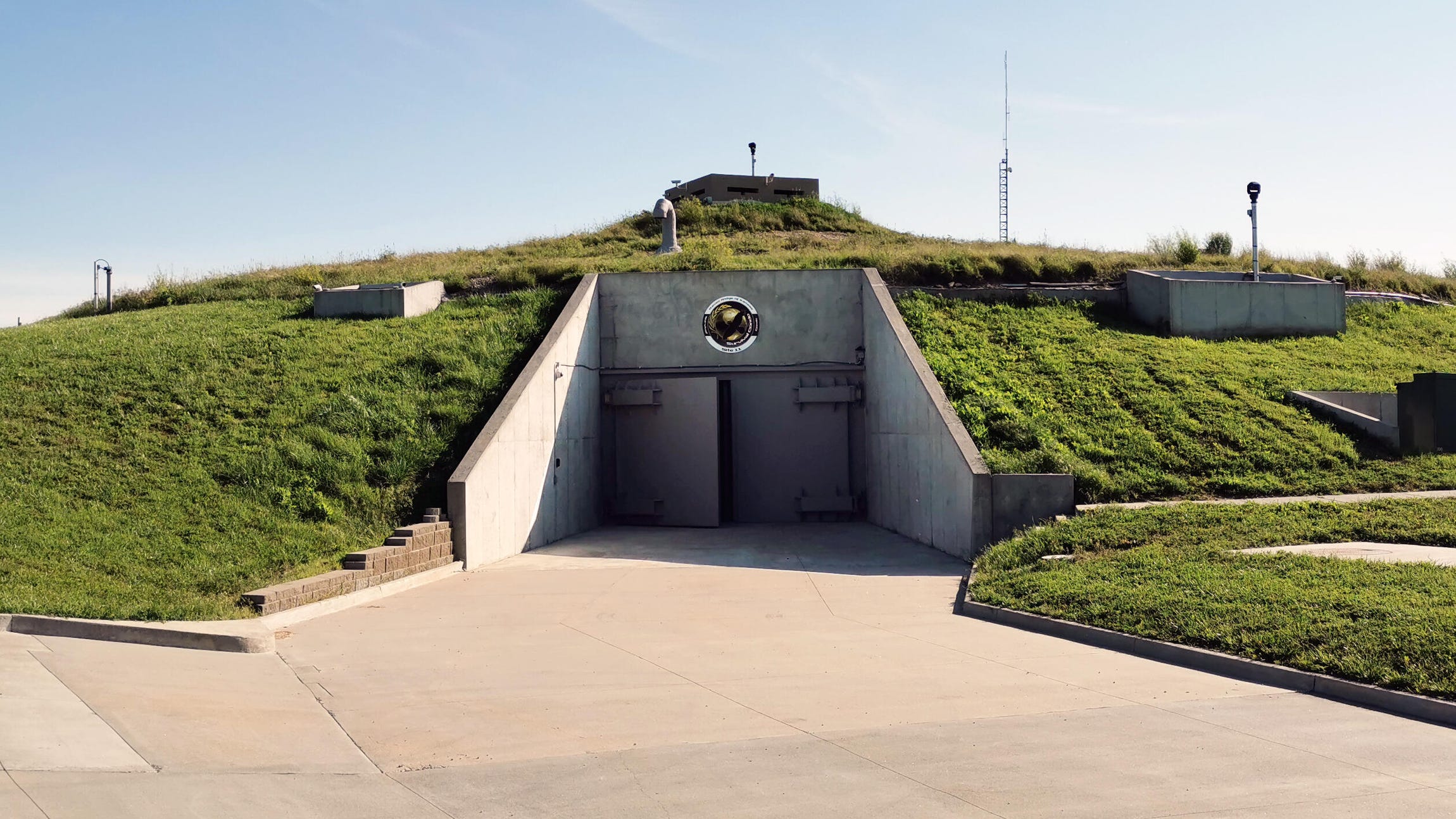
Current global events and rising tensions have undoubtedly pushed concerns about nuclear conflict back into the public consciousness. It seems the quiet anxieties of the Cold War era are once again finding voice, amplified by rapid information dissemination. While some might view this as an inflated preoccupation driven by the ever-present demand for attention, the reality is that experts are indeed studying hypothetical scenarios and their potential consequences. Understanding these analyses isn’t about succumbing to fear; it’s about gaining practical knowledge and insight into potential risks and protective measures, a core tenet of preparedness.
Recent research and expert analyses provide different lenses through which to view the potential impact of a nuclear catastrophe. Some focus on the immediate effects of blasts and the subsequent spread of radioactive fallout, predicting which areas might be most directly affected based on potential targets and weather patterns. Others take a broader approach, evaluating states based on a comprehensive set of indicators related to resources, security, infrastructure, and environment, aiming to identify locations better equipped for long-term survival in a post-apocalyptic landscape. Both perspectives offer valuable, albeit sometimes contrasting, insights for anyone contemplating readiness in uncertain times. This exploration delves into these findings, examining which states might offer a relative advantage in the face of such a devastating event and what crucial lessons we can learn about finding safety when the unimaginable occurs.

1. **Vermont: Topping the Survival Readiness List**When considering locations potentially best suited to weather a nuclear apocalypse, one recent study stands out, offering a ranked list based on a detailed set of survival indicators. Topping this list with a score of 72.35 out of a possible 100 points is the state of Vermont. This ranking wasn’t arbitrary; it was the result of evaluating each state against 18 key factors grouped into categories critical for survival in a collapse scenario. These included assessments of weapons and security, supplies and survival resources, population density, medical services, gas and vehicle supplies, climate, access to fresh water, and access to food. Vermont’s strong performance across these diverse metrics positioned it as a leading contender.
The study highlighted Vermont’s particular strengths in several vital areas. It notably ranked highest for food availability, a crucial factor for long-term sustenance when traditional supply chains collapse. Imagine needing to feed yourself and others in a world where grocery stores are empty and transportation is non-existent. Having access to existing food stores or the means to produce food locally becomes paramount. Vermont’s top score in this category signals a potential advantage in securing this fundamental need, suggesting a robust agricultural base or perhaps a prevalence of individuals already engaged in food production or storage.
Furthermore, Vermont secured the second spot nationally for both weapons and security and supplies and survival resources. The former assesses factors like the number of police stations and access to weapons, suggesting a state potentially better equipped for maintaining order or self-defense in a chaotic environment. The latter looks at the availability of essential supplies, indicating a state where finding necessary gear and provisions might be easier. These combined high rankings reinforce Vermont’s status not just as a place potentially safer from initial impacts, but as a “survival hotspot” better prepared to support its population through the challenging aftermath.

2. **Maine: A Well-Rounded Profile for Preparedness**Following closely behind Vermont in the survival readiness rankings is Maine, securing the second spot with a score of 68.28 points. Like Vermont, Maine’s position reflects a strong performance across the array of 18 survival indicators used in the study. While it didn’t take the absolute top spot in as many individual categories as Vermont, its consistent performance across the board contributed significantly to its high overall ranking, presenting a picture of a state with a solid foundational readiness.
Maine also distinguished itself particularly in the area of food availability, a metric where Vermont also excelled. The Pine Tree State ranked second nationwide for food availability, scoring an impressive 86.31 in this metric. This high score underscores the state’s potential resilience in providing for its population’s nutritional needs during a prolonged crisis. Access to reliable food sources is a non-negotiable requirement for survival, even more so than water in the immediate to medium term, and Maine’s strong showing here suggests it may possess advantages in terms of agricultural capacity, food processing, or existing reserves compared to many other states.
Beyond food, Maine performed well across all other survival indicators evaluated by the study. This broad competence is arguably as important as excelling in one or two areas. A state that scores reasonably well across categories like water access, climate suitability, population density (less competition for resources), medical services, and general supplies is likely more robustly prepared for the multifaceted challenges of a post-nuclear world than one with a single strength but multiple weaknesses. Maine’s fourth-place ranking nationwide for supplies and survival resources further bolsters its profile as a state where necessary equipment and materials might be more accessible when they are needed most.

3. **Louisiana: Leveraging Climate and Water Access**Claiming the third position in the study’s assessment of states best equipped for nuclear apocalypse survival is Louisiana, with a score of 65.47 points out of 100. Louisiana’s inclusion in the top tier highlights that different states possess different inherent advantages when facing a long-term crisis scenario. While it might not have ranked at the very top for immediate resources or security as Vermont and Maine did, Louisiana showcased particular strengths crucial for enduring the extended aftermath of a catastrophic event, especially those related to environmental factors.
One area where Louisiana truly excelled was in its climate, receiving a remarkable score of 95.12, ranking it third in the US. While severe weather can be a challenge, a climate that is generally conducive to agriculture and outdoor survival for much of the year can be a significant asset when relying on local resources becomes the norm. Furthermore, and perhaps even more critically, Louisiana offers the best access to fresh water nationwide according to the study. Access to clean, reliable water is arguably the single most vital requirement for human survival, even more so than food in the immediate to medium term.
It is worth noting that the study also pointed out some areas where Louisiana’s scores were lower compared to the states ranked above it. It ranked twenty-eighth for supplies and survival resources and twenty-fifth for population density. These lower rankings suggest that while the state has environmental advantages like water and climate, finding necessary equipment or dealing with competition for resources might be more challenging than in Vermont or Maine. However, its strong credentials in essential, long-term survival metrics like water access and climate suitability clearly outweighed these factors in the overall scoring, positioning it firmly in the top three safest states according to this particular analysis.

4. **Wyoming: High Security Potential Meets Fallout Risk**Coming in as the fourth best place to survive a nuclear apocalypse according to the NoDepositDaily.com study is Wyoming, earning a score of 63.42 out of 100. Wyoming presents an interesting case, as it scores exceptionally high in one particular area deemed critical for survival, while simultaneously being identified as a potential high-risk zone from a different analytical perspective presented in the context – a discrepancy that underscores the complexity of predicting outcomes in such scenarios and the differing criteria used in various assessments.
The study that ranked Wyoming fourth highlighted its most significant asset for survival: the availability of weapons. Wyoming boasts the highest availability of weapons nationwide, scoring an impressive 95.66 out of 100 in this category. In a scenario where societal structures break down and security becomes a personal or local responsibility, access to defensive capabilities is often considered a crucial factor by preparedness enthusiasts. This top ranking suggests that individuals in Wyoming may be better equipped for self-protection or community defense compared to residents of other states, aligning with one of the key indicators measured by the study.
However, it is essential to juxtapose this finding with insights from the UMass Amherst research on nuclear fallout patterns. That analysis, based on targeting US intercontinental ballistic missile (ICBM) silos, identifies Wyoming as one of the states in the Midwest region that would likely be among the hardest hit in the immediate aftermath of an attack, potentially receiving lethal levels of radiation (8 grays) within days due to its proximity to silo locations and prevailing wind patterns. This conflicting assessment reminds us that “safety” is multi-faceted; a state might rank high on indicators like weapon access or resources but face significant direct threats like being a primary target or downwind of heavy fallout. The study also noted Wyoming’s harsh winter climate (ranking forty-eighth), which could pose additional survival challenges regardless of other factors.

5. **New Hampshire: Rounding Out the Top Five**Securing the fifth position in the comprehensive ranking of states best suited for surviving a nuclear apocalypse is New Hampshire, with a score of 61.23 points. Its inclusion in the top five, following closely behind states with notable strengths like Vermont, Maine, Louisiana, and Wyoming, indicates a solid overall performance across the eighteen survival indicators utilized in the study. While the context doesn’t provide specific details about New Hampshire’s scores in individual categories like the other top states, its final ranking suggests it possesses a favorable combination of factors contributing to potential resilience in a catastrophic event.
Being ranked among the top states implies that New Hampshire likely scores well in a number of key areas such as access to food and water, availability of supplies and resources, aspects of climate, and potentially population density relative to resources. In the world of preparedness, understanding which locations offer a higher likelihood of accessing necessities and facing fewer immediate challenges from overwhelmed infrastructure or dense populations is paramount. While less detailed information is provided for New Hampshire in the text compared to the others, its placement in the top five is a clear indicator from this study that it is considered a relatively advantageous location.
This ranking places New Hampshire firmly in the conversation about places offering greater survival odds in a theoretical nuclear apocalypse scenario. It aligns with the overall goal of the study: to provide insights for individuals considering locations based on their potential to endure a prolonged crisis. The very act of analyzing states based on practical survival factors – from resources and security to climate and infrastructure – reflects a shift in thinking towards proactive preparedness, examining how different geographic areas stack up when ordinary systems might cease to function. New Hampshire, according to this analysis, is one of the states potentially offering better prospects for those seeking to enhance their readiness.

6. **California: West Coast Distance from Fallout**Shifting our perspective from states ranked for overall survival readiness to those projected to experience less immediate fallout, California emerges as one of the areas identified by the UMass Amherst research as potentially less impacted. Along with Washington and Oregon, the three westernmost states are projected to see some of the least severe effects from nuclear fallout in the critical days following a strike, particularly one focused on the Midwest missile silos.
The reasoning here is primarily geographical. Being on the West Coast places these states a significant distance from the likely primary targets in the northern U.S. plains region. Furthermore, prevailing wind patterns, according to the simulation based on 2021 weather data, would tend to carry the initial and heaviest fallout eastward across the country, sparing the immediate western seaboard the worst of the radioactive plume in the first four days. The research specifically noted that most regions in these states would see little more than the safest allowed level of radiation exposure within four days of the attack, which is 0.001 grays (Gy).
However, it’s crucial to integrate information from the survival readiness study mentioned earlier, which painted a less favorable picture for California in other metrics. That study identified California as the third worst state for survival readiness, citing challenges like densely populated cities, reliance on outside resources, lack of fresh water and food, and low weapon accessibility (ranking forty-sixth). So, while initial fallout might be lower, long-term survival challenges related to resources and population density could be significant hurdles in a prolonged crisis. The advantage here appears to be primarily in gaining time before potentially needing to relocate or shelter effectively from delayed or lighter fallout.




